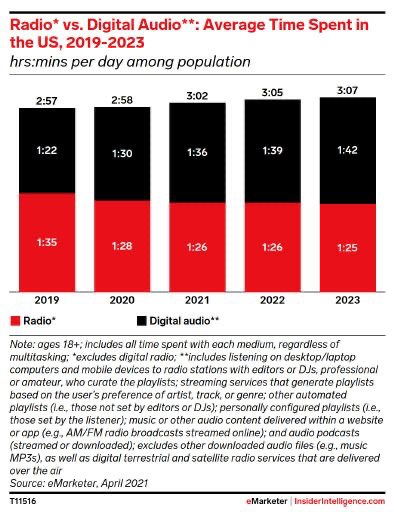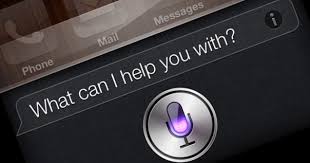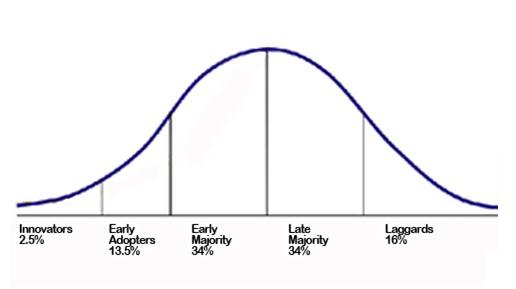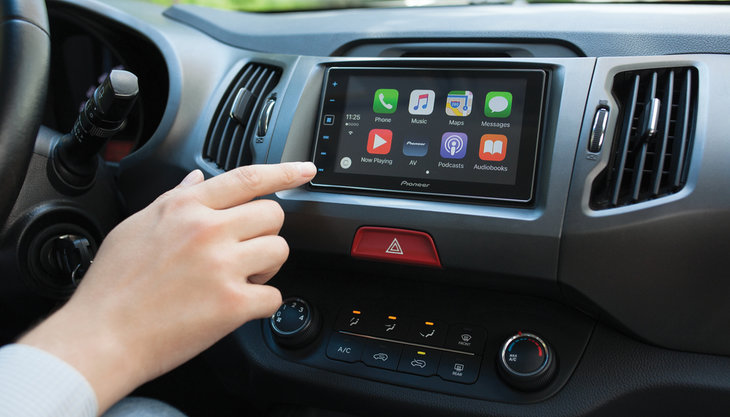One of my granddaughters, who’s 8 years old, was at our home the other evening, before heading off to dance class, when she looked into my curio grandfather clock and exclaimed, “What is that?” I walked over to her to see what she was pointing at, and saw it was one of my miniature radios. I said to my granddaughter, it’s a radio, to which she replied, “What’s a radio?”
What’s a Radio?
We’ve all probably seen the YouTube videos of young people trying to figure out what a rotary telephone is and how to use it, along with having a good chuckle along the way. But, if you’re a lifelong radio person, like me, having your granddaughter ask you what a radio is, can be rather disconcerting.
My grandkids are all connected to audio sources via their iPads, smartphones and smart speakers. The only place they may even be familiar with a radio is when they ride with their parents in the car.
Saving AM Radio
Last week’s blog was another in a series about the state of AM radio in America and if it could be saved. You can read that article HERE
As the latest monthly radio audience ratings get released, I can’t help but notice how most markets have one big AM radio station – maybe – that’s still a dominant force. In our nation’s capital, there is none.
Recently, seven former heads of FEMA (Federal Emergency Management Agency) said “AM radio serves as a linchpin of the infrastructure behind the federal National Public Warning System, which provides emergency-alert and warning information from FEMA to the public during natural disasters and extreme weather events.” Which made me wonder if our nation’s capital is in severe peril, as AM radio listening is virtually non-existent.
However, fear not, as I’m sure that no one in Washington, DC doesn’t know that WTOP News Radio at 103.5 FM is fully staffed and ready to provide that emergency information 24/7.
AM Radio Formats
The real problem, it seems to me, is that people confuse the AM and FM broadcast bands with a particular format. The reality today is, both commercial broadcast bands are filled with music and news/talk/sports formats. What has been different, for many years now, is more people listen to FM radio stations than they do AM stations; and by a wide margin, with most of that listening taking place in people’s cars and trucks.
Car Radio Listening
Research presented this past week at the NAB Show in Las Vegas says 46% of radio listening by people over the age of 13 only takes place in the car; a number that jumps to 58% for teenagers, according to Edison Research.
The U.S. Bureau of Transportation Statistics says that most people’s car trips are only three miles or less, so they aren’t listening for any length of time.
When asked what they listen to on long car trips, streaming jumped to 68% and broadcast radio fell to 32%.
Today’s Youth & Car Ownership
If radio’s last beachhead is a vehicle dashboard, the future for the next generation and car ownership should also be concerning.
It was only about two decades ago that 80% of American youth (18 year olds) had a driver’s license; today that number has fallen to just 60%. Here’s some of the reasons for the drop:
- Lyft and Uber take them anywhere they want to go
- Cost of getting a driver’s license
- Cost of owning a car
- Fewer teenagers have jobs compared to past decades
- Having a car is no longer a “virtual necessity” (which the Supreme Court enshrined in law in 1977 for anyone living in America)
What Do Today’s Youth Do?
Today’s youth have their faces buried in apps and social media. It’s all about Instagram and Snapchat, YouTube and video games.
When you can easily access everything you want, from home on your digital devices, it’s easy to understand why teenagers today have little interest in getting a driver’s license and owning a car.
Digital interaction has replaced real social interaction for today’s youth.
And that’s another fly in the ointment of future radio listening by the next generation.
In my youth, there was nothing greater than putting down the top on my convertible, cranking up the radio and driving off to explore the world in my own car.
“On some nights, I still believe that a car
with the gas needle on empty can run about fifty more miles
if you have the right music very loud on the radio.”
-Hunter S. Thompson








 I’ve been thinking about these two forms of audio for some time now. With each new article published about streaming, we see how more and more people are listening to music in this way. The smart speaker has certainly contributed to the growth of music listening via streams, and the smart speaker growth is exploding.
I’ve been thinking about these two forms of audio for some time now. With each new article published about streaming, we see how more and more people are listening to music in this way. The smart speaker has certainly contributed to the growth of music listening via streams, and the smart speaker growth is exploding. This week I sat in on the Fred Jacobs webinar “
This week I sat in on the Fred Jacobs webinar “ There are lots of items in the news these days about what the radio industry should be doing. Streaming, podcasting, smart speaker accessible etc. The one thing I hear little talk about is, improving the core product and focusing on what the listener is seeking.
There are lots of items in the news these days about what the radio industry should be doing. Streaming, podcasting, smart speaker accessible etc. The one thing I hear little talk about is, improving the core product and focusing on what the listener is seeking. Simon Sinek says people don’t buy what you do, they buy
Simon Sinek says people don’t buy what you do, they buy  I was recently invited to be a guest on the radio show and podcast “Watch the Media with John Shrader.” The program airs on the University of Nebraska-Lincoln campus radio station and the podcast of the show can be heard on
I was recently invited to be a guest on the radio show and podcast “Watch the Media with John Shrader.” The program airs on the University of Nebraska-Lincoln campus radio station and the podcast of the show can be heard on 
 They are part of the Late Majority and Laggards.
They are part of the Late Majority and Laggards. The primary way people access radio today is in their car. But by 2020, it is estimated that 75% of the cars sold will be connected to digital services.
The primary way people access radio today is in their car. But by 2020, it is estimated that 75% of the cars sold will be connected to digital services.
